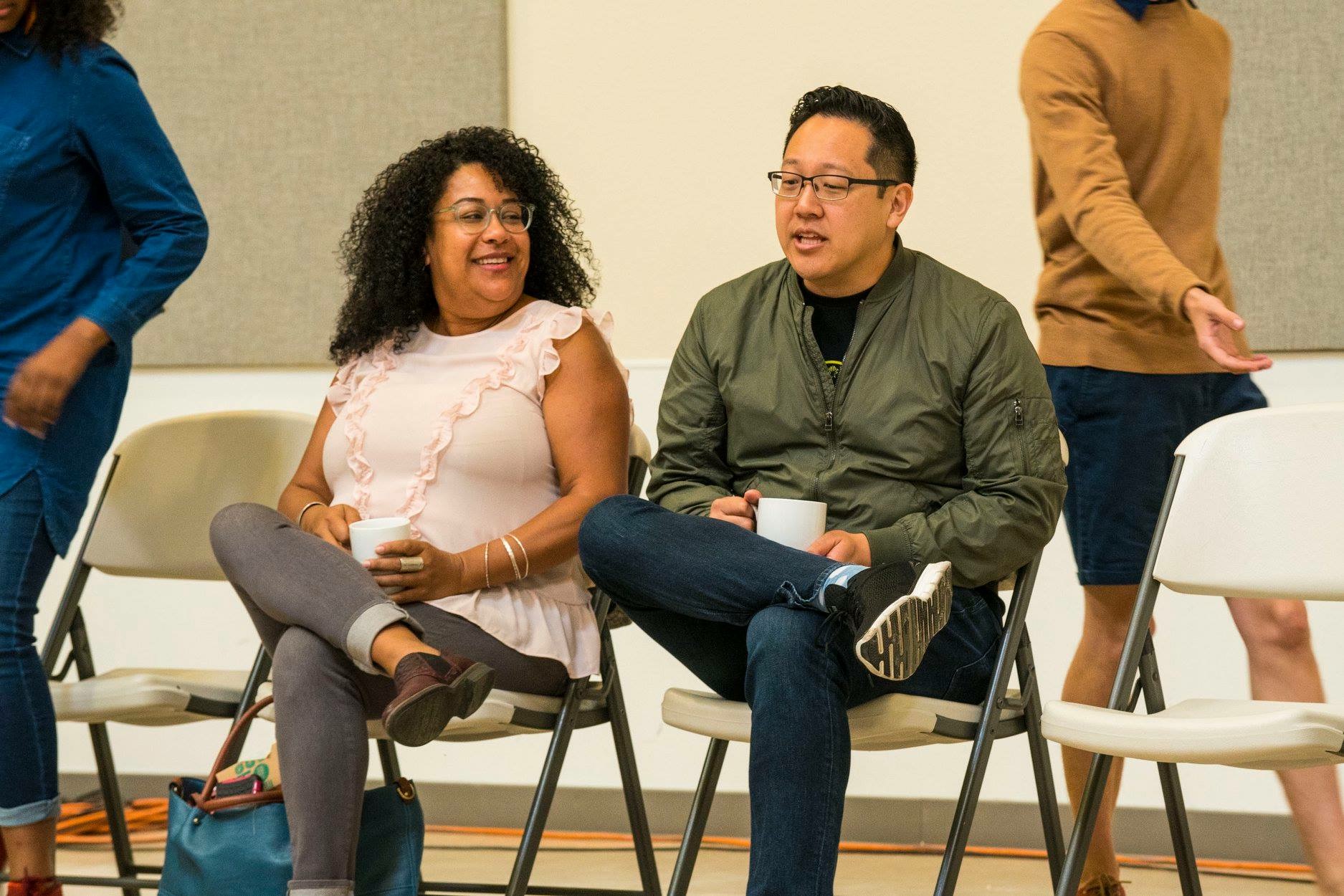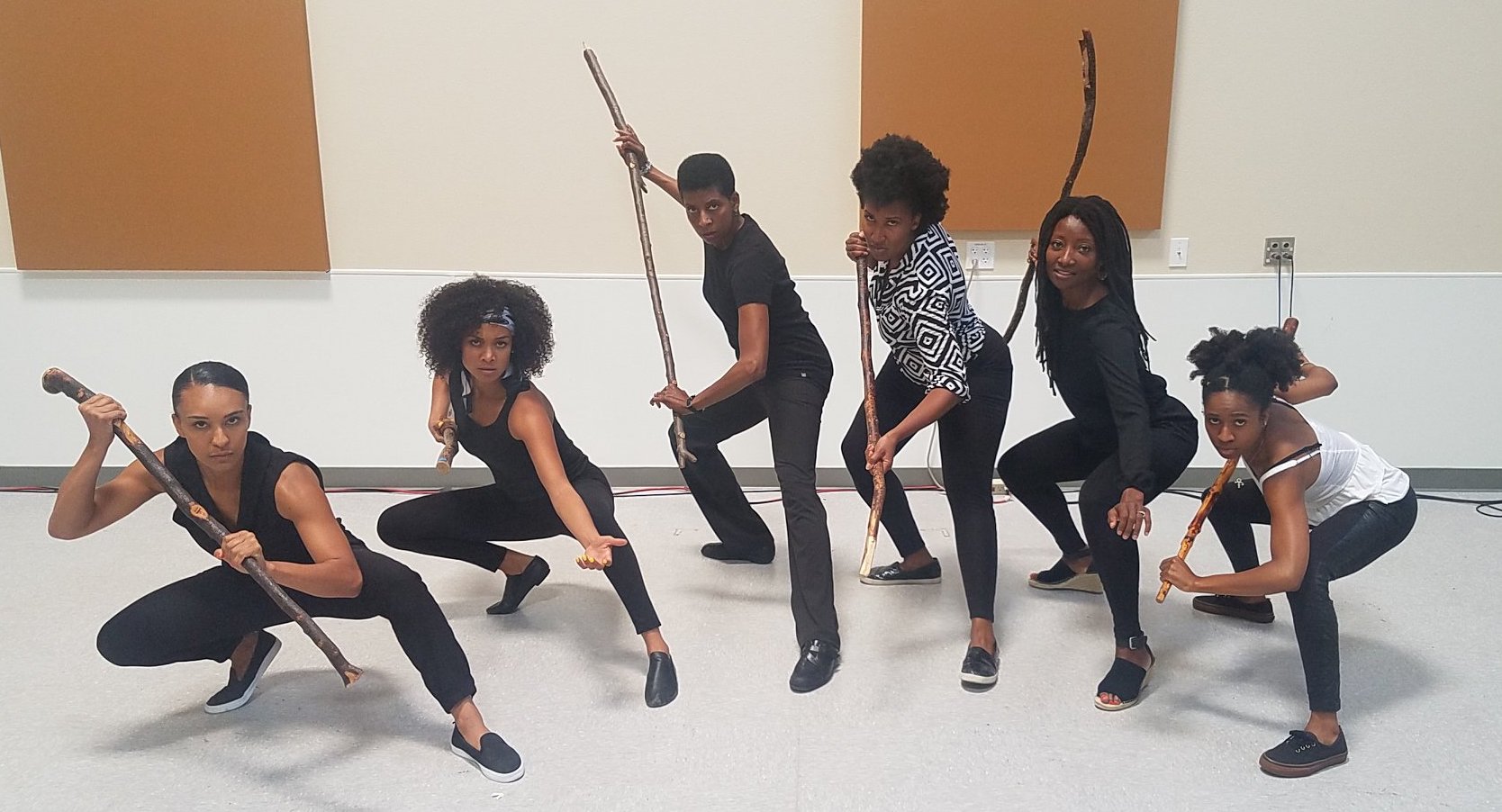For the last two weeks of June, I got to participate in Berkeley Repertory Theatre's Ground Floor Summer Lab. What's great about Ground Floor is that they offer playwrights freedom to work on and explore their plays as needed; they do not require any kind of presentation. Some writers end up sitting in a room and typing away. Others hold public readings of their work, like I did for my play Calafia: A Reimagining. I haven't been able to finish a first full draft of the play yet, but I learned so much from discussions with my director, dramaturg, and actors -- as well as from audience feedback after our reading. I'm excited to see what directions Calafia will take as a result of the exploring, churning, and learning that happened during Ground Floor!






